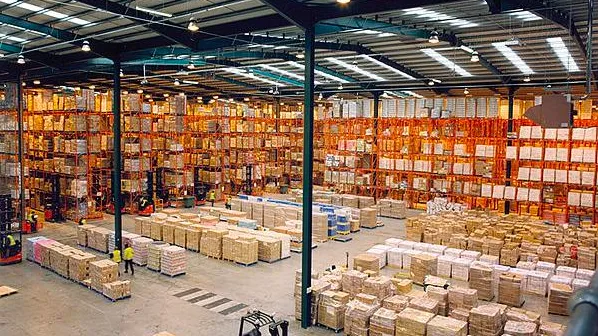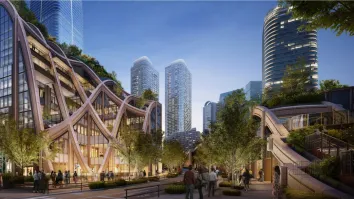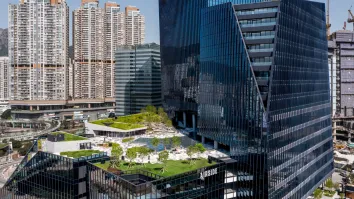
Here are the key drivers of Delhi’s strong demand for industrial space in Q3
Net absorption hit nearly 2 million sq ft during the quarter.
In 3Q23, the demand for warehousing space in Delhi continued to grow steadily as evidenced by the net absorption of 1.86 million sq ft and gross absorption of 2.95 million sq ft, according to a JLL report.
Among the submarkets, Ghaziabad – Noida and Delhi – NH8 experienced the highest levels of absorption.
Here’s more from JLL:
The driving force behind the strong demand momentum was 3PL/ Logistics firms which accounted for 23% of the net demand in Q3. Additionally, Electronics & White Goods and FMCG sectors made significant contributions to demand. Occupiers consistently prefer high-quality, compliant spaces, pushing demand for prime Grade A warehouses which contributed over 50% of the net demand.
Vacancy of Grade A Warehouses plummets to just 5%
In 3Q23, the warehouse market recorded an addition of 2.51 million sq ft of space across both Grade A and Grade B categories. Ghaziabad – Noida emerged as the area with the highest influx of new supply, closely followed by Delhi – NH8.
The vacancy rate experienced only a marginal uptick, reaching 17.2% during the quarter. Notably, the demand for Grade A space has been particularly robust, resulting in a reduction of Grade A vacancy rates to just 5%. This can be attributed to the strong demand for warehouse space outpacing the new supply.
Strong Grade A demand spurs 7.7% y-o-y increase in rents
The strong demand for Grade A space, combined with stable vacancy rates, limited supply, and a significant increase in land rates, has resulted in a 7.7% y-o-y increase in rental prices. This upward trend is expected to continue in the foreseeable future, primarily propelled by heightened investments from institutional investors and developers who recognise the potential of this market.
In the quarter, the rental growth was prominently driven by large 3PL companies such as Yusen Logistics, CEVA, and 20 Cube Logistics, as well as FMCG giants like HUL and Reliance. These sectors are occupying specialised facilities with enhanced operational efficiency.
Outlook: Encouraging outlook with stock to reach 114 mn sq ft by 2026
Over the next 4 years, the warehousing stock in NCR is expected to reach 114 million sq ft by 2026. This growth will mainly stem from the addition of new supply in Grade A projects, supported by institutional investors such as Indospace, Ascendas, Blackstone, and ESR. The Delhi – NH8 submarket is expected to maintain its high level of activity, closely followed by Ghaziabad – Noida.
The warehousing demand in NCR Delhi is influenced by various proposed infrastructure projects, including Freight Corridors such as DMIC, WDFC and EDFC, which will greatly improve freight connectivity between Delhi & other regions in the West and East of India. With increasing demand, the vacancy rates are likely to remain below 15% over the next 4 years.
Note: Delhi Logistics & Industrial refers to NCR Delhi's overall Grade A and Grade B warehousing & light manufacturing market.


















 Advertise
Advertise


